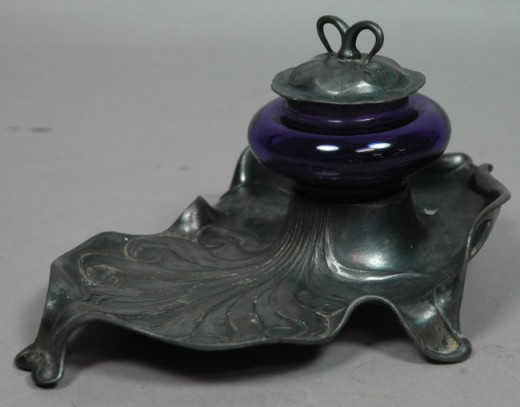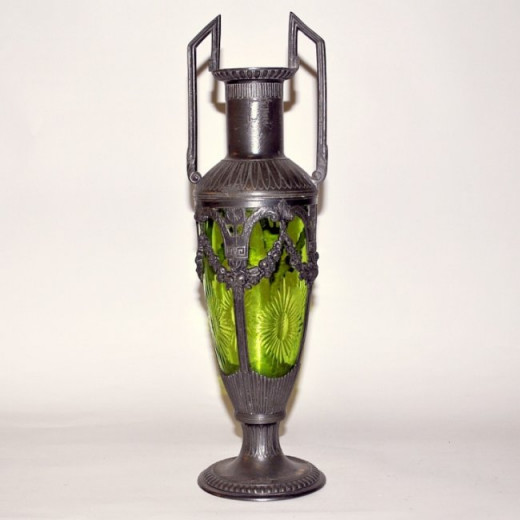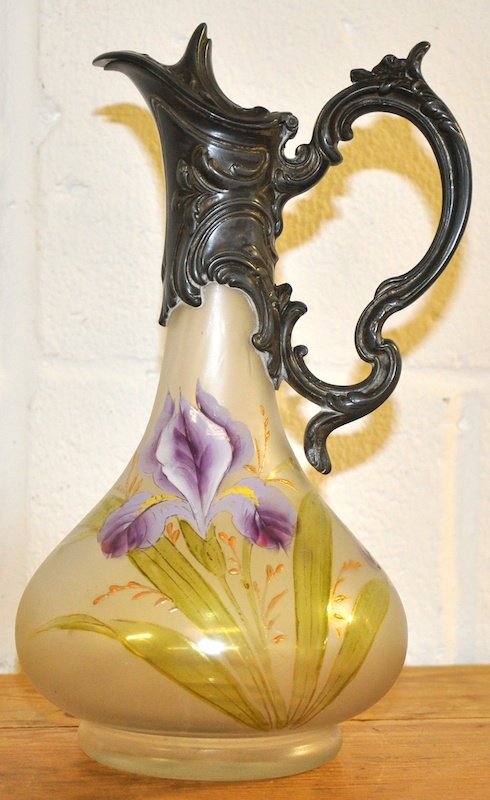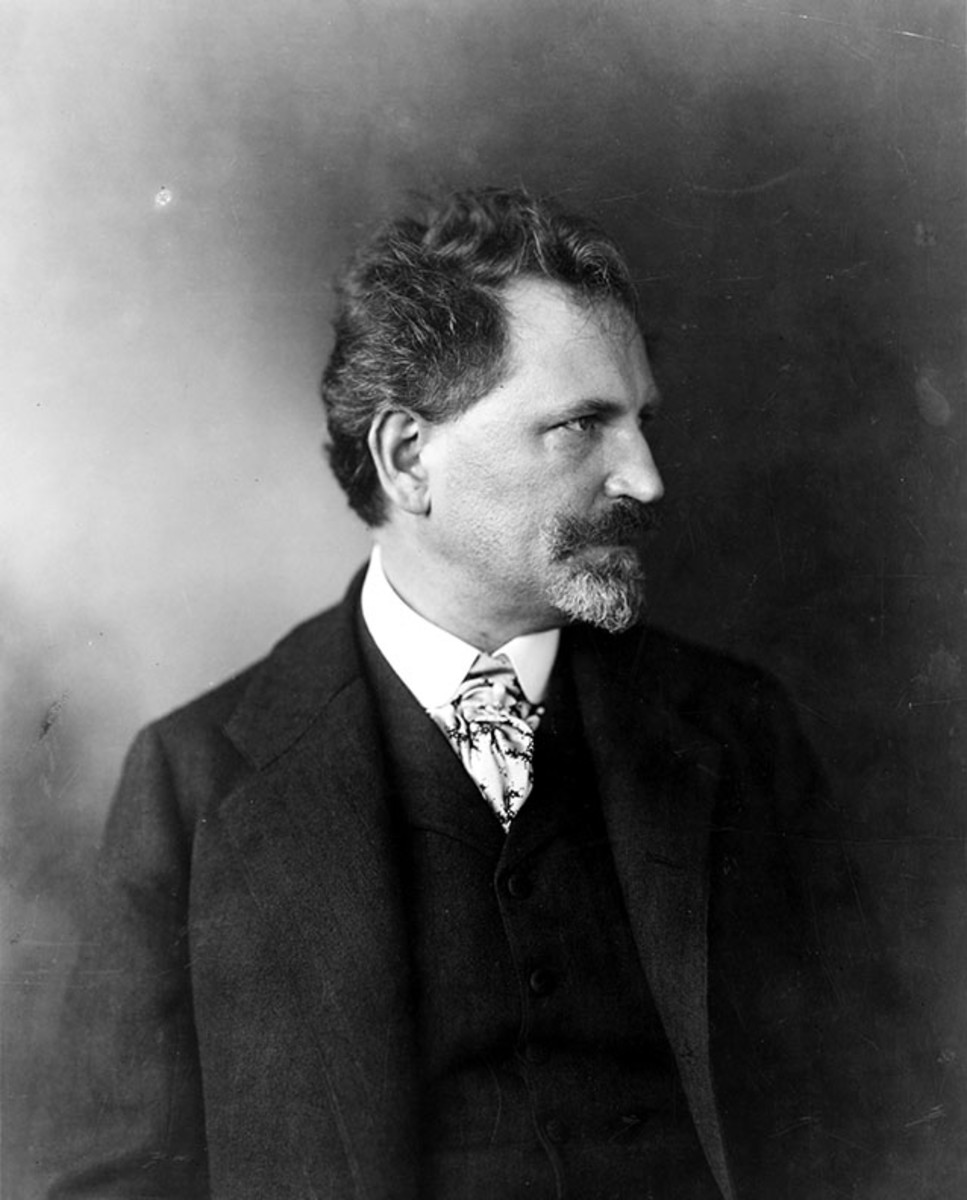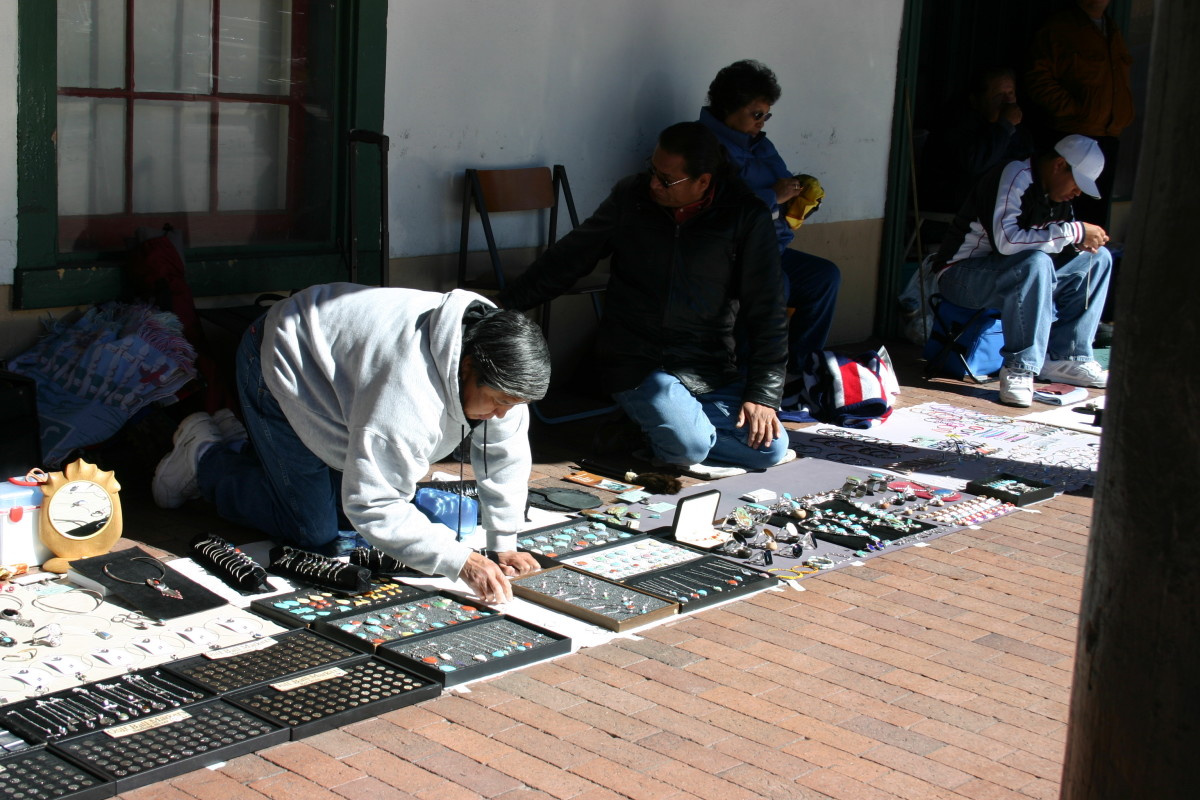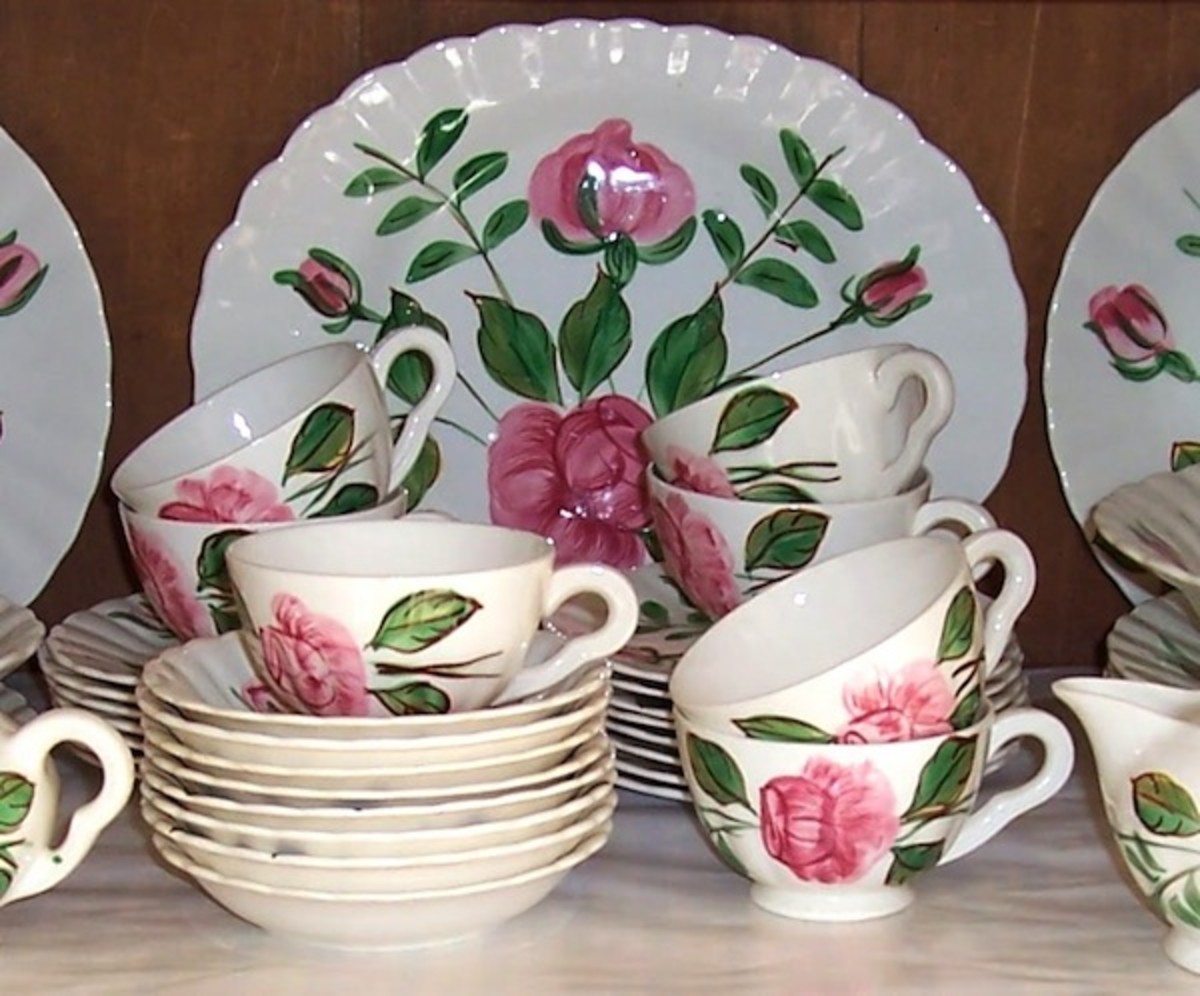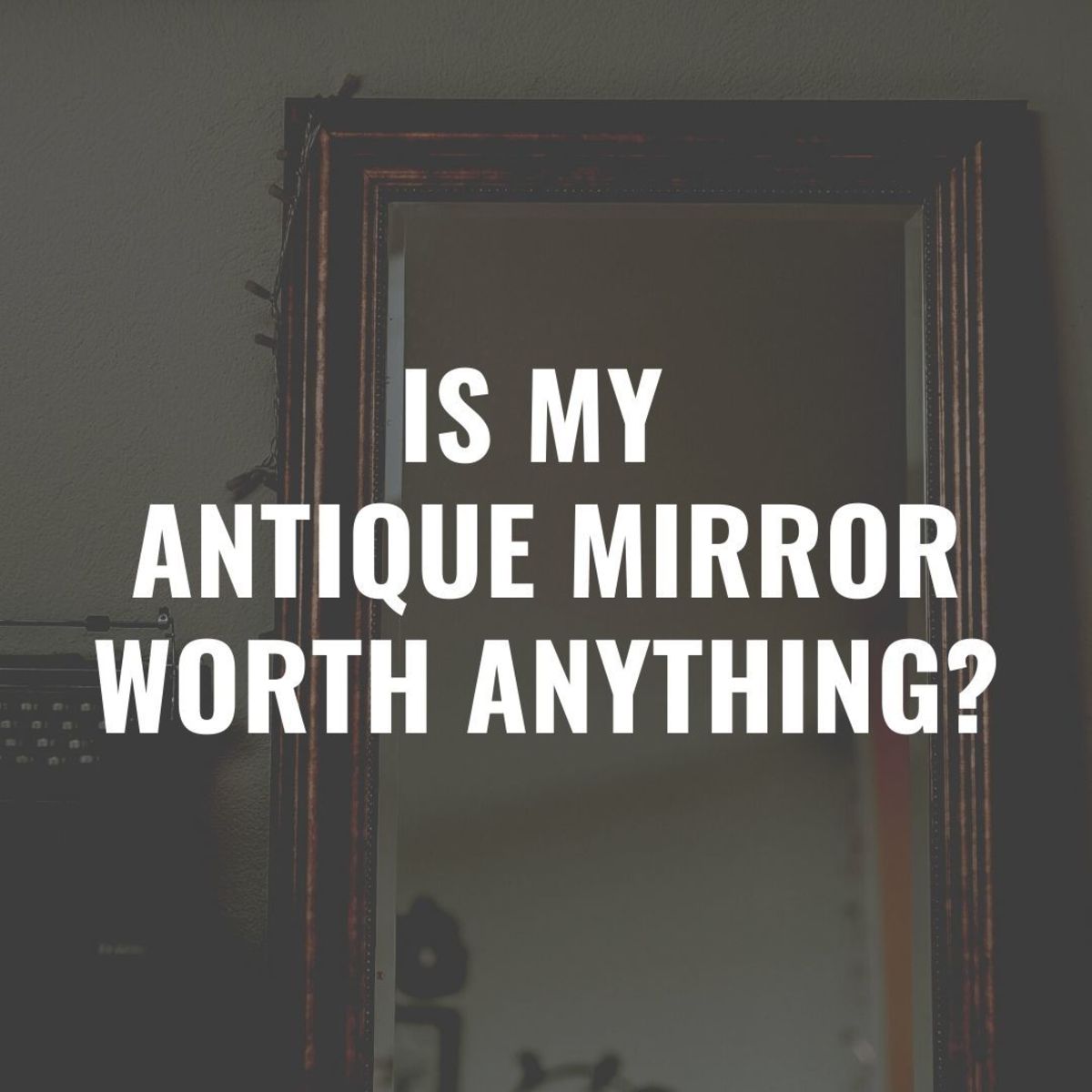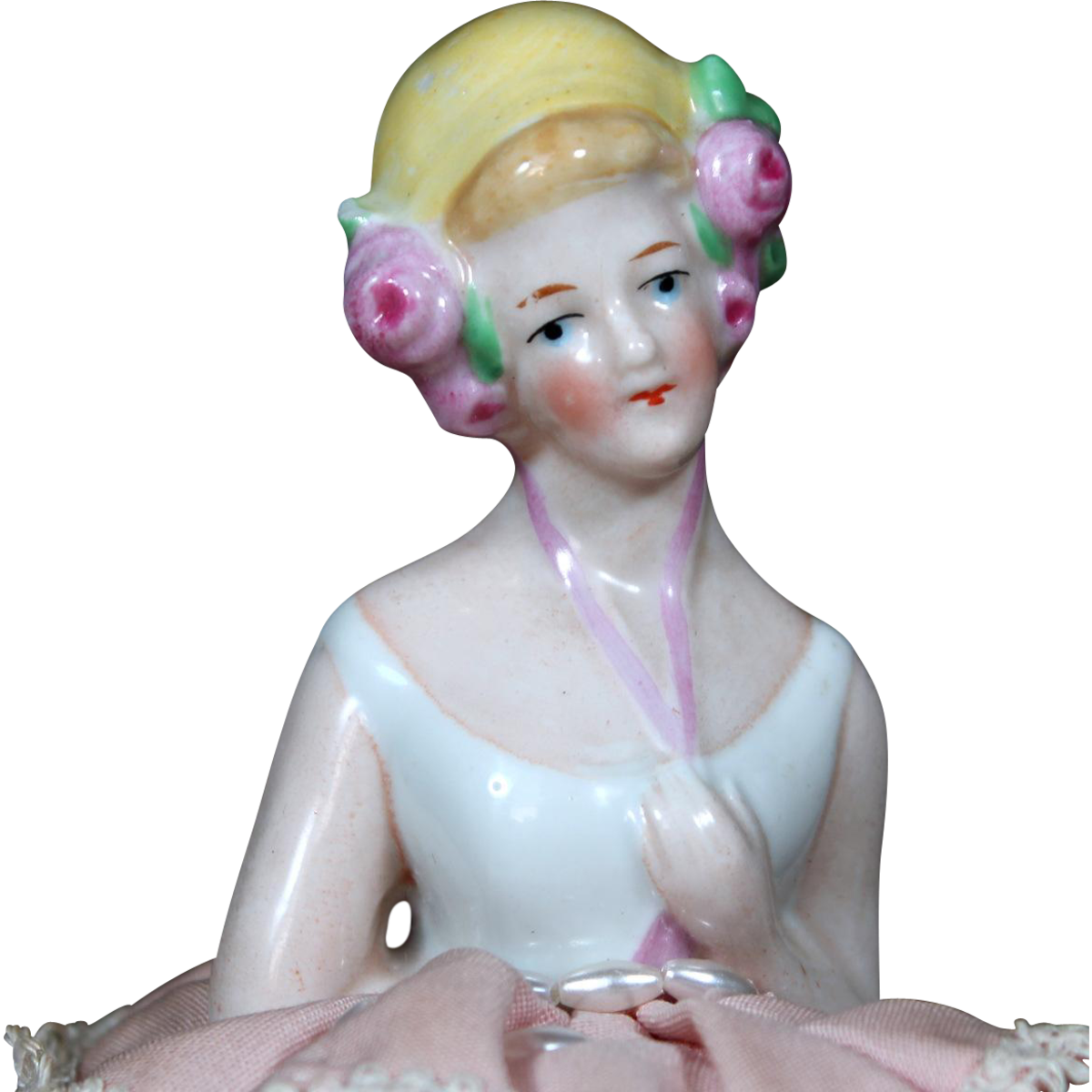Art for a Changing Age
Older than the millennium we have left behind, pewter has been used since the Roman Empire, and contained up to 40% lead. It is believed that the Emperor Nero actually suffered from lead poisoning, as it was his custom to drink wine from pewter goblets.
“Fine Pewter” contains no lead and is primarily made of tin, with varying amounts of other metals. London established rules for pewter content in 1348. In 1473 a royal charter was granted which established the Worshipful Company of Pewterers. They were allowed to confiscate goods of inferior content, and also fine and imprison offenders. British pewter was considered to be of the highest standard because of the laws regulating content, and this ultimately set the standard for the western world.
A soft, inexpensive alloy with a dull, satiny finish, pewter was used to make everything from spoons to bedpans. It was dubbed “Poor Man’s Silver”. The pieces were always simple and functional, with very little change in styles over the century.
In America, colonists were not allowed to manufacture finished goods. We were expected to export raw materials that the English would fashion into finished products intended for our consumption. We somehow never received our quota of finished goods. Metal ores were exported and therefore scarce. Scrap metal brought prices of up to 70% of the original finished wares. Consequently, worn out pieces were melted down and recast into new items, ignoring the English laws. Sadly, only six pieces of American 17th century pewter are known to exist.
With the introduction of silver-plated hollowware in the U.S. in 1850, pewter began to loose popularity. Silver-plated items were much less expensive to produce than pewter. Pewter was made by casting molten metal into expensive brass molds, while silver-plate bodies could be made by a variety of inexpensive processes that included sheet metal.
Silver-plate hollow ware looked like solid silver to the average consumer and gained wide acceptance by the late 19th century. It seemed that pewter was doomed to obsolescence.
It was the Art Nouveau artisans of the late 19th century that liberated pewter from its functional image and saved it from extinction.
Although the Art Nouveau movement was short-lived, lasting from about 1880 to 1917, it quickly gained international popularity. France and Belgium were the leaders of this new art form. Scotland, Germany and finally Austria all produced decorative art in the Art Nouveau style.
The Art Nouveau inkstand shown is made of pewter and purple glass. It was made in Germany at the turn of the century, and is valued at about $300.00. The artisans that created these types of pieces chose to work in non-precious metals like pewter, so that the artistic merit of the piece would not be over-shadowed by the cost of the materials used to make it. They often used motifs of budding flowers and growing vines, suggesting the vitality of nature, not copying it. The goal was to bring art into everyday life. Household objects made of common materials like pewter, became the vehicles to accomplish the goal.
This was in stark contrast to one hundred years of stiff and exacting representations of antiquity, which were intended only to display the wealth of the owner. This exciting art movement looked forward for inspiration, not back. It gave new freedom to artists and artisans because it encouraged creative expression. It raised the status of the craftsmen who created these pieces. “Decorative Art” took its place beside “Fine Art”. The other images features a British Art Nouveau Ewer made of pewter and green glass and a French claret jug with enameled flowers, all of which show the international popularity of the Art Nouveau form in decorative art. It was art for the coming century, filled with creative expression, hope and celebration of life.
There is always much excitement associated with the beginning of this New Year. As we move through the early years of another century and also a new millennium, these timeless pieces still capture the spirit of a changing age.
